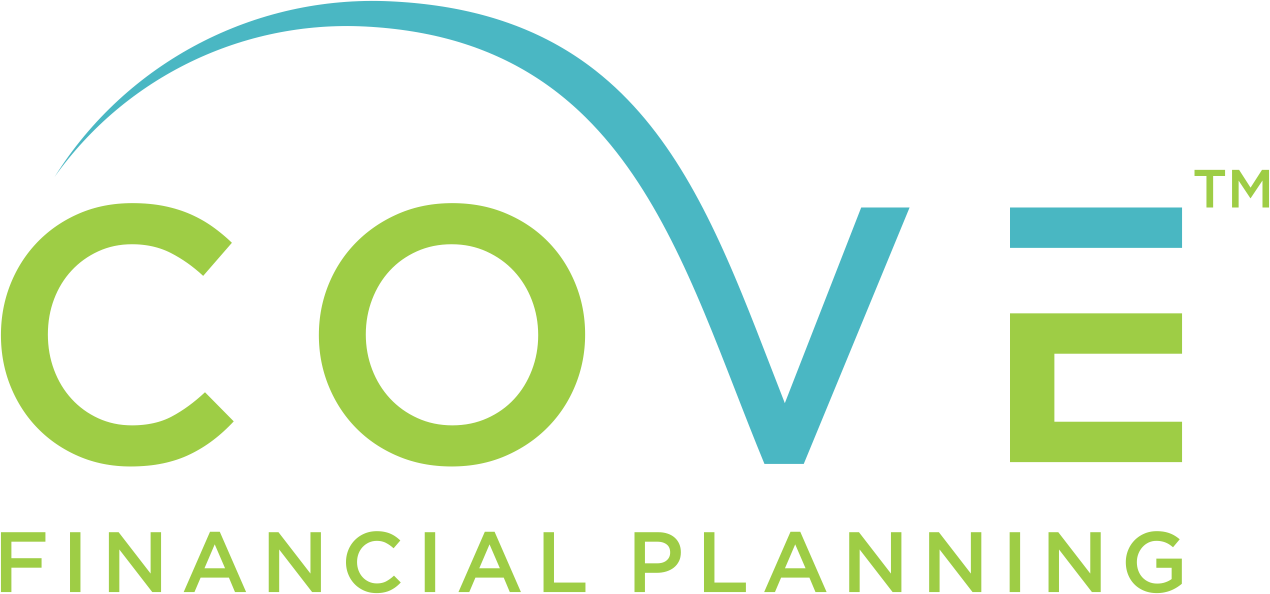How to Invest In A Rising Interest Rate Environment
The Federal Reserve continued its interest-rate-hiking campaign today with a (largely expected) 0.75% increase in the Federal Funds Rate.
Rising interest rates can definitely weight on stock-market returns, but it’s important to keep a few things in mind in this uncertain environment to make sure you stay on track towards longer-term goals.
Most importantly, if you’re a long-term investor and have a comfortable cash reserve…
Stay the course. This too shall pass!
Keep these five things in mind as you weather the storm during this rising interest rate environment:
Stay Diversified
It’s now more important than ever to own investments outside of just traditional US stocks. US stocks, in particular, have taken the biggest hit with interest rates creeping up this year.
Investing in other asset classes such as international stocks, US bonds, international bonds, emerging markets, etc. can help hamper the negative hit that the market takes with rising rates.
In addition, you might even consider sprinkling alternative investments into your portfolio, including real estate, commodities, structured products and private equity.
These investments tend to be less correlated to the US stock market which means when the traditional market drops, they may drop less (or even go up).
Keep that Cash Reserve Going
Outside of your long-term portfolio, it’s important to maintain emergency savings that are easily accessible and not tied to the stock market.
Everyone is different, but you should generally save between three and six months of your living expenses in your cash reserve.
The idea is that you can rely on these funds (and perhaps not your investment portfolio in a down market) when an emergency arises. Check out my article on what to consider when growing your cash reserve.
Many investors are tiering their cash reserves and saving into inflation-protected Series I Bonds. You can lock in the current 9.62% annual interest rate if you buy them prior to October 30, 2022. You can read more about the last Series I Bonds interest-rate update here.
Importantly, it’s prudent not to invest your entire cash reserve into Series I Bonds, since you are unable to redeem these bonds during the first year of owning them.
Rebalance
Rebalancing simply means placing trades to shift your portfolio to your target mix after experiencing volatility.
A healthy, diversified portfolio will include multiple asset classes, as discussed above. By design, these asset classes will perform differently during any particular market period.
As such, it’s important to revisit your portfolio at least once per year to ensure that the market volatility doesn’t bring your portfolio mix out of wack too much.
For example, let’s say you are a 90/10 investor, and your portfolio contains 90% stocks and 10% bonds. Let’s say stocks are falling due to rising interest rates (sound familiar?).
If left unchecked, your 90/10 portfolio could quickly become 80/20, meaning your percent weighting to stocks could drop from 90% to 80% and your weighting to bonds could rise from 10% to 20%.
If this happens, you’ll just want to sell some of your bonds and buy more stocks to “rebalance” your portfolio back to its original 90/10 target mix.
Harvest Losses
If you invest money in a brokerage (or taxable) account outside of your retirement accounts, then you can save money on your tax bill through tax-loss harvesting.
This involves selling your funds or securities that have dropped in value for a loss and then repurchasing them in order to stay diversified. This will create a “paper loss” that you can offset against future gains.
In addition, you can deduct up to $3,000 of your capital losses from your ordinary income each year. If you’re in the 35% federal tax bracket, this is over $1,000 in savings each year!
Be aware of the “wash sale rule” which states that you must not invest in the same or substantially identical security for 30 days after harvesting a loss, otherwise your loss may not be used to lower your tax bill.
Stay the Course
Most importantly, if your portfolio is truly diversified and built to accomplish long-term goals, it’s imperative that you stay invested and out your blinders on.
I know this is easier said than done, but the stock market has always awarded long-term investors who tune out the noise when things get scary.
Remember, if your portfolio is “boring,” then you’re probably doing something right.
Do you have questions about how to invest during this rising interest rate environment? Reach out to me at Ben@coveplanning.com or schedule a free consultation call.
Sign up for Cove’s Build Your Wealth Newsletter to stay informed with the latest personal finance insights!
Ben Smith is a fee-only financial advisor and CERTIFIED FINANCIAL PLANNER™ (CFP®) Professional with offices in Milwaukee, WI, Evanston, IL and Minneapolis, MN, serving clients virtually across the country. Cove Financial Planning provides comprehensive financial planning and investment management services to individuals and families, regardless of location, with a focus on Socially Responsible Investing (SRI).
Ben acts as a fiduciary for his clients. He does not sell financial products or take commissions. Simply put, he sits on your side of the table and always works in your best interest. Learn more how we can help you Do Well While Doing Good!
Disclaimer: This article is provided for general information and illustration purposes only. Nothing contained in the material constitutes tax advice, a recommendation for purchase or sale of any security, or investment advisory services. I encourage you to consult a financial planner, accountant, and/or legal counsel for advice specific to your situation. Reproduction of this material is prohibited without written permission from Ben Smith, and all rights are reserved. Read the full Disclaimer.




